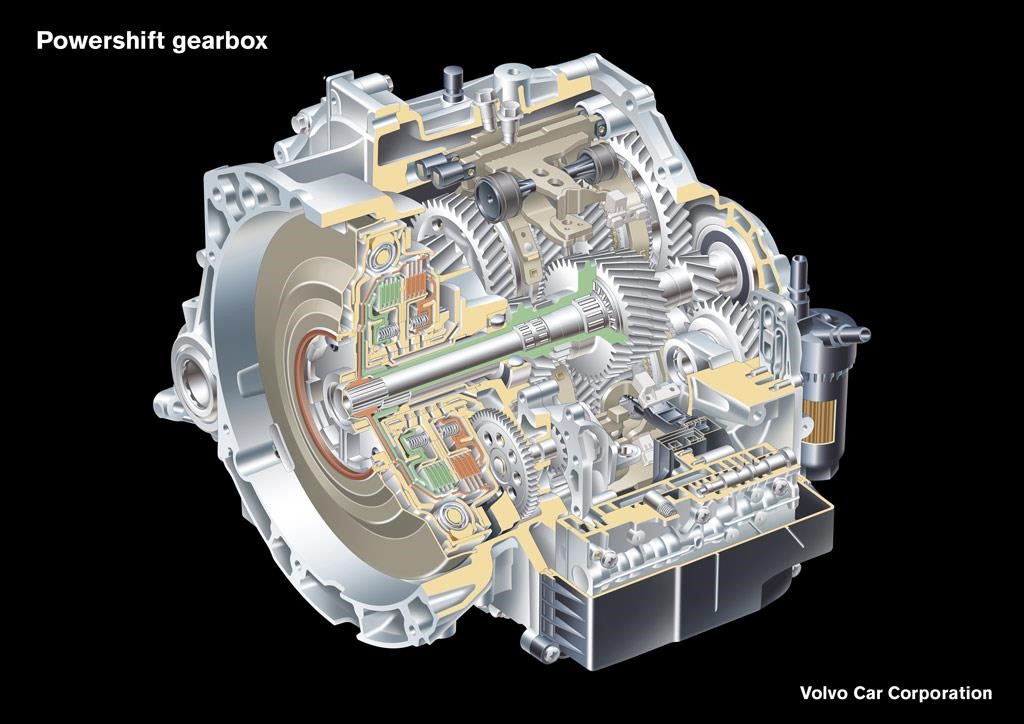 The President of Volvo Trucks, Claes Nilsson, hailed the new dual-clutch system, pointing out how useful it was on winding or hilly routes that require a lot of gear changes. In such situations it can ensure that the truck's momentum is maintained, meaning less work for the driver and better fuel consumption. He claimed that the new system represented a completely 'new dimension' in truck driving and said that the company was 'immensely proud' to bring this innovation to the market.
The President of Volvo Trucks, Claes Nilsson, hailed the new dual-clutch system, pointing out how useful it was on winding or hilly routes that require a lot of gear changes. In such situations it can ensure that the truck's momentum is maintained, meaning less work for the driver and better fuel consumption. He claimed that the new system represented a completely 'new dimension' in truck driving and said that the company was 'immensely proud' to bring this innovation to the market.The dual-clutch I-Shift system is a transmission system which has two input shafts and a dual clutch. This means that the transmission can select two gears instead of one at the same time. The clutch then determines which of these gears is the active one. The new dual-clutch system is based on Volvo's standard I-Shift system, but the front section of that transmission unit has been entirely redesigned and features completely new components.
The driveline product manager at Volvo Trucks, Astrid Drewsen, explained how the system works. She said that driving a truck with the I-Shift dual clutch fitted is much like driving a truck that has access to two different gearboxes. The first gearbox selects the current cog to be used, while the second gearbox has already selected the next gear. In the dual-clutch system, therefore, the truck's gear changes can take place instantly, without any power delivery interruption. This maintains engine torque and the comfort of the driver is also significantly enhanced by a much smoother driving experience.
Such dual-clutch systems are already in use in some high-performance cars, but Volvo is the first truck manufacturer anywhere in the world to provide the same system for a production commercial vehicle. The system will initially be offered on Volvo's FH range from autumn this year. Ms Drewsen added that the new gearbox will make a huge difference to the drivability of the company's trucks. She said that the heavier the truck and more challenging the conditions, the more the dual-clutch system will benefit drivers. The constant delivery of power during gear changes means that it is much easier for drivers to keep up with traffic. This will lead to more relaxed, and hence safer, driving.
The system is specifically designed for use in long-haul situations where roads have lots of undulations and bends. It is also ideal for use in town, where there are lots of traffic lights and roundabouts. The system will also be welcomed by operators of tankers and livestock hauliers, for whom the smooth gear changes will mean far less movement in the load. There is also a much reduced risk of trucks getting stuck on uneven or slippery roads, such as in timber operations on forest roads.